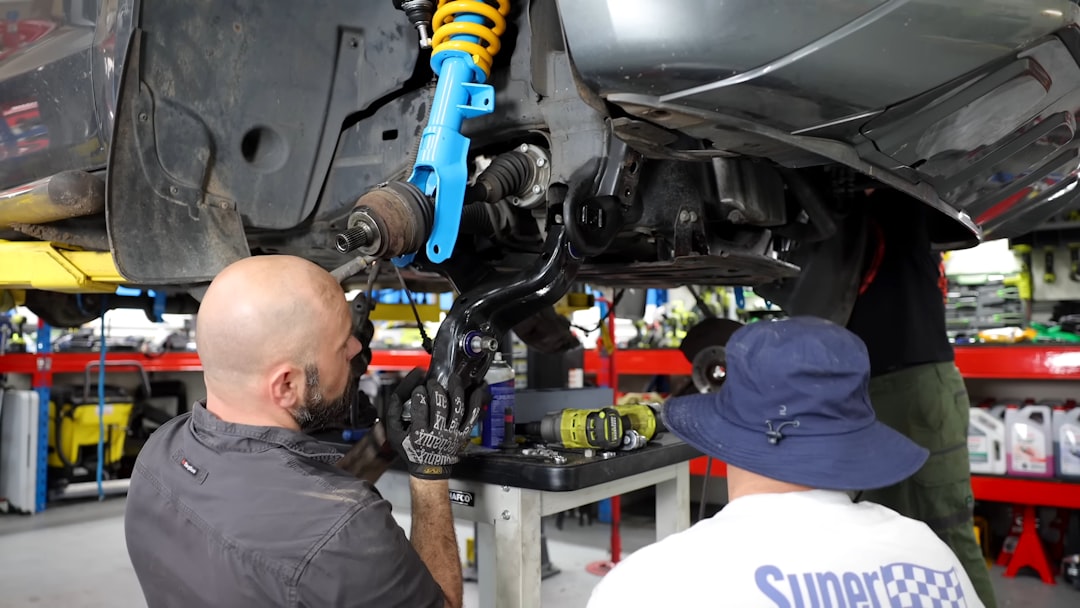In today’s competitive e-commerce landscape, merely getting a customer to the checkout page isn’t enough. To maximize revenue and enhance customer satisfaction, businesses are implementing smart checkout tactics—especially through the use of extra product options. These options not only personalize the shopping experience but also increase the average order value significantly.
Whether it’s gift wrapping, subscription add-ons, upgraded versions, or extended warranties, offering these choices at strategic moments can encourage consumers to spend more and boost conversion rates. Let’s explore how brands can effectively integrate these tactics to drive better results.
What Are Extra Product Options?
Extra product options refer to supplementary choices that enhance or customize a product before purchase. Unlike upselling or cross-selling—which often promote other products—these options are embedded within the product being purchased. Examples include:
- Color, size, or style customizations
- Gift wrapping or personalized messages
- Additional accessories or compatible items
- Priority shipping or assembly services
These options are ideally presented during the checkout process to maintain focus without overwhelming the customer during browsing.
Strategic Implementation at Checkout
Implementing extra product options effectively involves knowing when and where to place them. Most often, shoppers encounter these during the cart or checkout phase. Here’s how smart businesses are doing it:
1. Use Conditional Logic
Conditional logic tailors the presentation of options based on the customer’s choices. For example, selecting a larger size might reveal appropriate accessories or care kits. Similarly, choosing a premium model could prompt extended warranty offers.
2. Keep the Experience Seamless
Checkout is not the time for long forms or hard sells. By using simple checkboxes, toggles, or dropdowns, customers can easily select what they need without friction or distraction.

3. Highlight the Value Proposition
Show customers why they should choose a particular option. A brief benefit summary—like “Protect your device for 2 years for only $9.99”—adds clarity and encourages action.
4. Use Visual Aids
If the option changes the appearance of the product (color, engraving, etc.), offer real-time visual previews. Seeing the customized product helps instill confidence and emotional attachment.
Benefits of Integrating Smart Product Options
Offering optional features or enhancements not only creates a more personalized shopping experience but also drives measurable business outcomes.
- Increased Average Order Value (AOV): Customers are likely to spend more when presented with value-adding options.
- Lower Cart Abandonment: A tailored, user-friendly checkout process minimizes drop-offs.
- Higher Satisfaction: Choices like personalization or added protection create a feeling of ownership and thoughtful service.

Best Practices to Follow
- Test and Analyze: Use A/B testing to identify which options convert best.
- Mobile Optimization: Make sure options display correctly on all devices.
- Limit the List: Avoid clutter by narrowing options to the most relevant ones.
- Use Smart Defaults: Pre-select the most popular or recommended option to streamline decision-making.
Conclusion
Smart checkout tactics using extra product options are more than a convenience—they’re a strategic tool for enhancing both revenue and customer experience. By offering relevant upgrades, services, or customizations at the right time, businesses can effectively tap into a customer’s desire for value and personalization. In a crowded digital marketplace, these small enhancements can make a big difference.
FAQ
- Q: What’s the difference between upselling and offering extra product options?
A: Upselling promotes a higher-priced alternative product. Extra product options enhance the current item being purchased without replacing it. - Q: Can extra product options slow down the checkout process?
A: If poorly implemented, yes. However, with streamlined design and smart defaults, they can actually simplify decision-making. - Q: Are extra product options effective for all types of e-commerce?
A: While more effective in some industries (e.g., tech, fashion, gifts), most product-based businesses can benefit from well-thought-out options. - Q: How many options are too many?
A: It’s best to offer 2–4 relevant and valuable options. Too many choices can lead to decision fatigue. - Q: Do these options improve repeat purchases?
A: Yes, customized or premium experiences often result in higher satisfaction, which increases the likelihood of repeat business.
